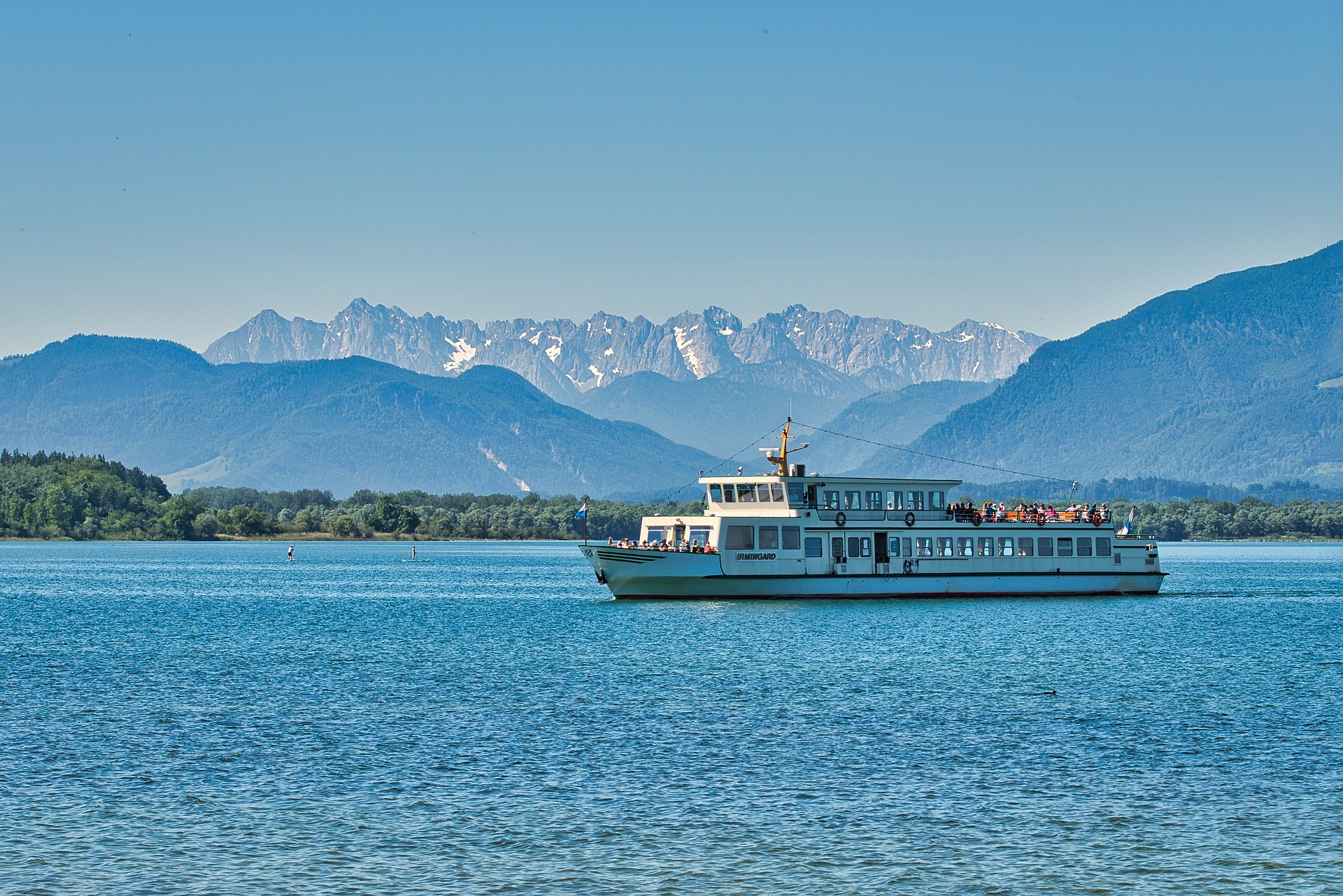Rediscovering Travel: The Emergence and Appeal of Dark Tourism
Have you ever wondered why some people are drawn to historic sites of tragedies and disasters? The answer lies in the growing trend known as Dark Tourism. As its name suggests, it refers to the practice of visiting locations associated with death, despair, tragedy, or the seemingly macabre. This unconventional form of tourism has gained significant traction over recent years, providing a fresh perspective on travel and transportation.

A Look at the Dark Past
Dark tourism, while a relatively new term, has been a part of human history for centuries. From the Roman gladiator battles to public executions in the Middle Ages, people have always displayed a morbid curiosity towards death and tragedy. This interest has evolved into modern-day dark tourism, with travelers seeking out locations linked to disasters, war, death, and even genocide.
Today’s Dark Tourism Trend
In recent years, dark tourism has seen a surge in popularity. This growth has been attributed to various factors, including increased global mobility, a rise in ‘experience-driven’ travel, and a desire to understand and empathize with historical events. Whether it’s the somber atmosphere of Auschwitz or the eerie remains of Chernobyl, these sites offer a stark contrast to typical tourist destinations, adding a unique and sobering dimension to travel.
Delving Deeper into Dark Tourism
Dark tourism’s appeal lies in its ability to confront difficult aspects of our shared human history. By visiting these places, tourists can gain a profound understanding of historical events, fostering empathy and reflection. However, this form of tourism also raises ethical questions. Issues like commodification of tragedy and respect for those affected are major considerations for travelers and tour operators alike.
The Impact on Travelers and Destinations
Dark tourism has a profound impact on both travelers and the sites they visit. For travelers, these visits can lead to a greater understanding of historical events, while destinations can benefit from increased tourism revenues. However, managing these sites requires the right balance between education, respect for the victims, and commercial interests.
Fascinating Facts about Dark Tourism
-
The term ‘Dark Tourism’ was first coined by scholars Lennon and Foley in 1996.
-
Hiroshima Peace Memorial Park, Ground Zero in New York, and the Killing Fields in Cambodia are some of the most visited dark tourism sites.
-
Dark tourism spans various categories, including genocide tourism (Auschwitz), disaster tourism (Chernobyl), and slavery heritage tourism (Goree Island).
In closing, dark tourism is undoubtedly a polarizing travel trend. It underscores our collective fascination with the tragic, the macabre, and the historically significant. While it may not be everyone’s cup of tea, dark tourism offers a unique perspective on the world’s history and our place within it. It reminds us of the darkest chapters of humanity while highlighting the resilience and strength that can emerge from adversity. As long as it’s done respectfully and ethically, dark tourism will continue to provide a valuable and thought-provoking travel experience.




